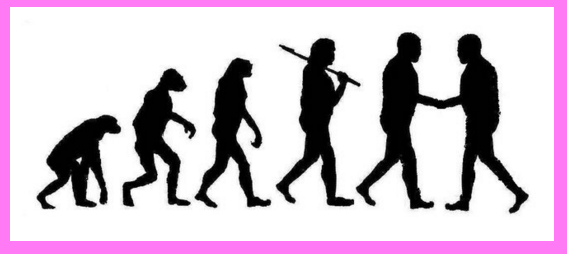


Confrontation model:
- Name the issue.
- Specify examples of behaviors you want to change.
- Describe your emotions.
- Clarify stakes.
- Identify your contribution to the problem.
- Explain why you wish to resolve the issue.
- Invite response.
- Inquire into partner’s views. Paraphrase them.
- Review what’s learned? where are we now? what’s left unsaid?
- Make new agreement
For more difficult discussion tips, go to this article.

Confrontations between teachers and students and between students and other students are inevitable parts of facilitating projects (and inevitable parts of traditional units as well). Knowing how to handle these confrontations skillfully can help community members move past problems that people are often too scared to comfront. This model can be taught and practiced by teachers and students to move past problems that are creating roadblocks in communication and collaboration.

Preparation Steps
- Use this model to script out a conversation related to a critical indiscussable
- Ask for feedback on your script from a neutral partner
Early Implementation Steps
- Use script to have difficult conversation
- If it goes well, follow up on next steps in new agreements in conversation
- If it doesn’t go well, reflect on what went poorly and how other strategies could have mitigated those factors
Advanced Implementation Steps
- Teach the confrontation model to students. Let students practice the model by role playing fake (but commonly arising) issues. Common issues include: team member is too bossy, team member is not contributing enough, team member is behind because she is often late or absent, etc.

